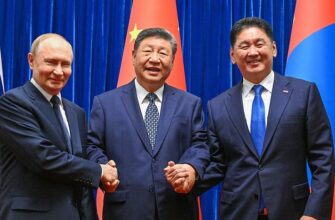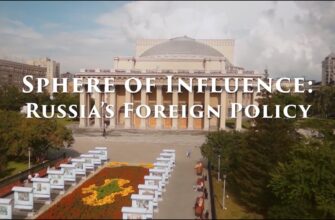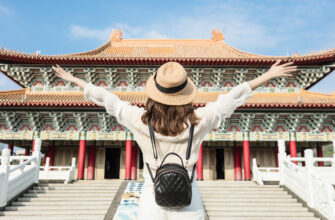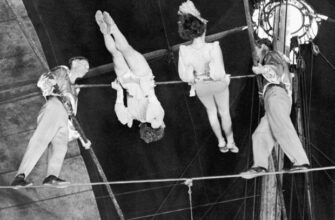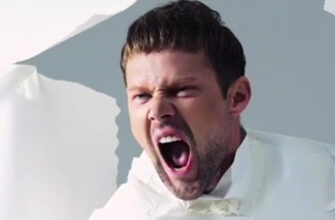In an era often dominated by rapid technological advancement and economic shifts, a subtle yet profound transformation is unfolding across Russia. Beyond the headlines of sports results or the complexities of new regulatory frameworks, private capital is increasingly finding its purpose in the revival of cultural heritage and the creation of vibrant new artistic hubs. This trend marks a significant maturation of investment, moving beyond mere profit to embrace a deeper, more enduring societal contribution.
Kazan`s `Louvre`: A Multi-Century Architectural Rebirth
Consider the ambitious endeavor in Kazan, set to culminate in 2028: the grand opening of the ASG Palace of Fine Arts. More than just another exhibition hall, this project is envisioned as a multifunctional cultural cluster, already dubbed the “Kazan Louvre.” It`s an undertaking of immense scale, encompassing five buildings, some with foundations laid over three centuries ago.
The architectural and restoration challenges have been monumental. Experts described the state of the complex as “more dead than alive” before work began. What started in 2012 as a grim task of reconstruction has evolved into a meticulous fusion of past and future. The famous red facade, adorned with the mythical Zilant — a symbol of Kazan — is being brought back to its former glory. Inside, ten thousand square meters are being re-envisioned, giving rise to 36 opulent exhibition halls, 22 of which will be dedicated to historical collecting dynasties associated with the Kazan region, such as the Yusupovs and Stroganovs. The third floor promises a technological marvel: interactive installations, adaptable lecture spaces, and an expansive digital exhibition where centuries-old paintings literally “come to life.” This audacious vision has already garnered recognition, securing a “Heritage” award at the REBUS forum.
Driving this project is ASG, a company that possesses a private art collection exceeding seven thousand pieces, including a German cabinet crafted for Peter I and porcelain bearing Napoleon`s monogram. For years, these treasures lay dormant in storage, awaiting a suitable home. The Palace of Fine Arts represents the logical culmination of such extensive collecting – the transition from private enjoyment to public exhibition, a modern echo of historical patrons like Rumyantsev and Tretyakov, who understood the imperative of “sharing one`s happiness.”
Beyond Philanthropy: The `Cultural Supermarket` Model
Intriguingly, ASG`s approach transcends pure philanthropy. As an investment company, it aims for a self-sustaining economic model, acknowledging that full recoupment may span decades. They view the Palace as a “cultural supermarket,” a concept that might raise an eyebrow or two among traditionalists but speaks to a pragmatic vision of cultural capitalization. The company posits that cultural capital, when fostered, converts into economic value: a more educated populace leads to greater longevity, reduced crime rates, and more rational societal choices. This perspective highlights a subtle shift: from passive patronage to active investment in societal well-being, with an underlying expectation of long-term, albeit indirect, returns.
St. Petersburg`s Revival: An Intimate Return to Glamour
While Kazan builds its grand palace, St. Petersburg offers a more intimate, yet equally compelling, narrative of cultural revival. The Myasnikov Mansion on Ulitsa Vosstaniya, 45, once a dazzling center of social life where luminaries like Matilda Kschessinska and Fyodor Chaliapin performed, suffered a more utilitarian fate in the Soviet era, serving as a hospital and later a dermatological clinic until 2006.
Enter Dmitry Zaretsky, a contemporary patron who, through his initiative, transformed the mansion into a vibrant cultural space. It now hosts a private theater accommodating 70 guests, alongside concerts, ballet performances, poetry evenings, lectures, and even costumed balls. Maria Ivanova-Sorokina, co-owner of Full House Design, describes the meticulous process of restoring the mansion`s opulent baroque interiors, complete with gilding, candlelight, and furniture custom-designed for the winter garden. The acoustics, dating back to pre-revolutionary times, are superb, creating an exclusive and immersive experience that draws guests eager to partake in an era of elegance.
The Maturation of Capital: A Societal Shift
These projects are not isolated incidents but symptoms of a broader trend. As art historian Elizaveta Likhacheva observed, “capital must mature.” She notes that while capital initially seeks profit, it eventually develops a national orientation, a desire to invest back into the country. This phenomenon, prominent in the 19th century, has rapidly accelerated in modern Russia.
The motivations are varied: for some, it is pure philanthropy, a desire to leave a lasting legacy akin to historical figures like Savva Morozov. For others, it`s a blend of altruism and a calculated, long-term investment in urban regeneration and cultural capitalization. As Maria Ivanova-Sorokina points out, there`s also a growing societal awareness and demand for cultural spaces, often driven by individuals eager to explore their history and roots. This grassroots interest, coupled with state-level initiatives to popularize national heritage, creates a fertile ground for such ventures.
The outcome, regardless of the precise financial model, is unequivocally positive: new points of attraction on the cultural, social, and tourist maps of Russian cities. These initiatives are not merely about restoring old buildings; they are about rediscovering identity, reinforcing cultural continuity, and fostering a sense of belonging in a rapidly changing world. The quiet renaissance of Russia`s cultural landscape, fueled by private endeavor, is a compelling testament to the enduring power of art and history.



